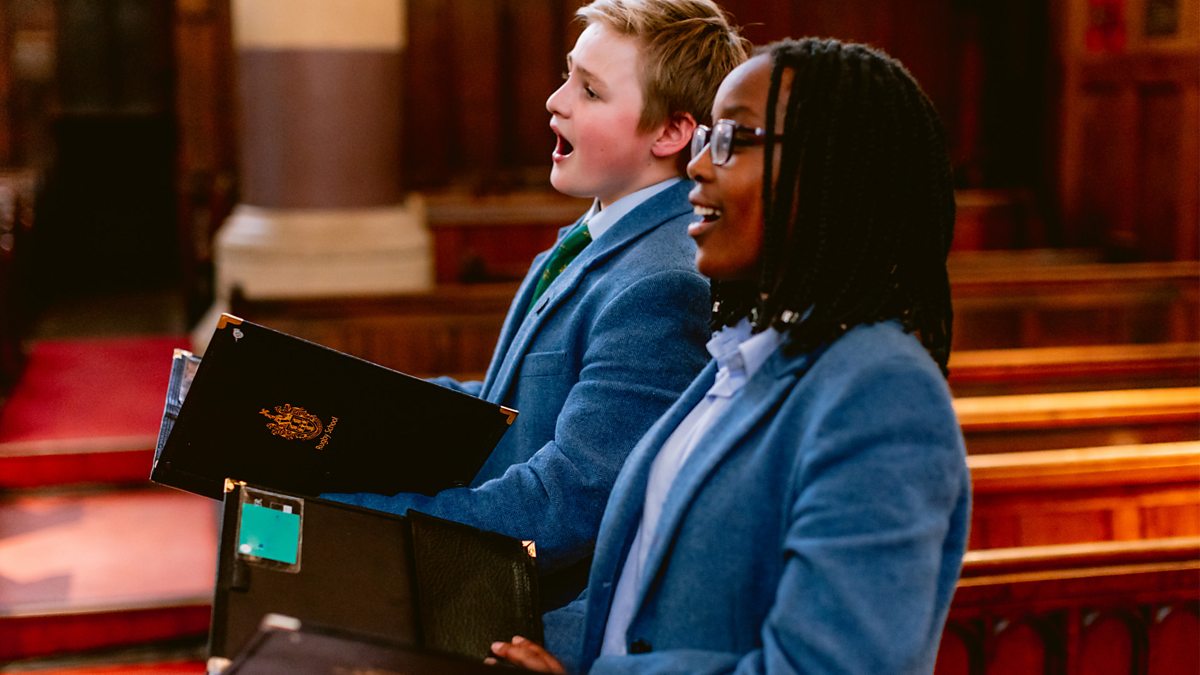CE Chapel of Rugby School [R] Wed, 11th Aug 2021
Recorded 23 June 2021
Order of Service:
Introit: Those who wait for the Lord (Benedict Tanner)
Responses: Byrd
Psalms 59, 60, 61 (Barnby, Howells. Stainer)
First Lesson: Isaiah 45: 1-7
Office hymn: Firmly I believe and truly (Halton Holgate)
Canticles: Noble in B minor
Second Lesson: Ephesians 4: 1-16
Anthem: Like as the hart (Howells)
Hymn: Lead kindly light (Alberta)
Voluntary: Master Tallis’ Testament (Howells)
Ian Wicks (Organist)
Richard Tanner (Director of Music)
Recorded 23 June 2021
Order of Service:
Introit: Those who wait for the Lord (Benedict Tanner)
Responses: Byrd
Psalms 59, 60, 61 (Barnby, Howells. Stainer)
First Lesson: Isaiah 45: 1-7
Office hymn: Firmly I believe and truly (Halton Holgate)
Canticles: Noble in B minor
Second Lesson: Ephesians 4: 1-16
Anthem: Like as the hart (Howells)
Hymn: Lead kindly light (Alberta)
Voluntary: Master Tallis’ Testament (Howells)
Ian Wicks (Organist)
Richard Tanner (Director of Music)

 It's probably worst of all with the vernacular music of the composers active in the 1550s. The late John Morehen once told me that he had never tackled the English music of Thomas Tallis because he didn't feel equipped to assess the (mostly late) sources - and, coming from someone as erudite as him, I thought that was a salutary comment.
It's probably worst of all with the vernacular music of the composers active in the 1550s. The late John Morehen once told me that he had never tackled the English music of Thomas Tallis because he didn't feel equipped to assess the (mostly late) sources - and, coming from someone as erudite as him, I thought that was a salutary comment.
Comment